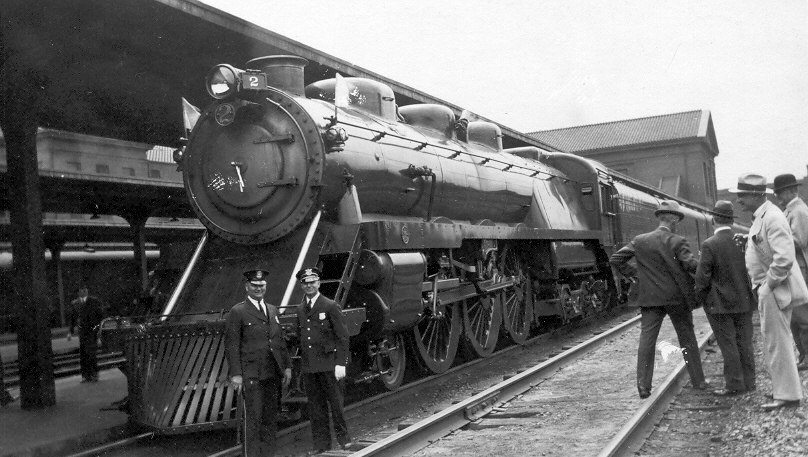You learn something every day. I had no idea that the Pennsylvania RR had an imported French locomotive of Atlantic wheel arrangement . There's a good picture of it on the Classic Trains Web site here http://ctr.trains.com/en/Online Extras/Photo of the Day.aspx
. There's a good picture of it on the Classic Trains Web site here http://ctr.trains.com/en/Online Extras/Photo of the Day.aspx
Bernie
Bernie

